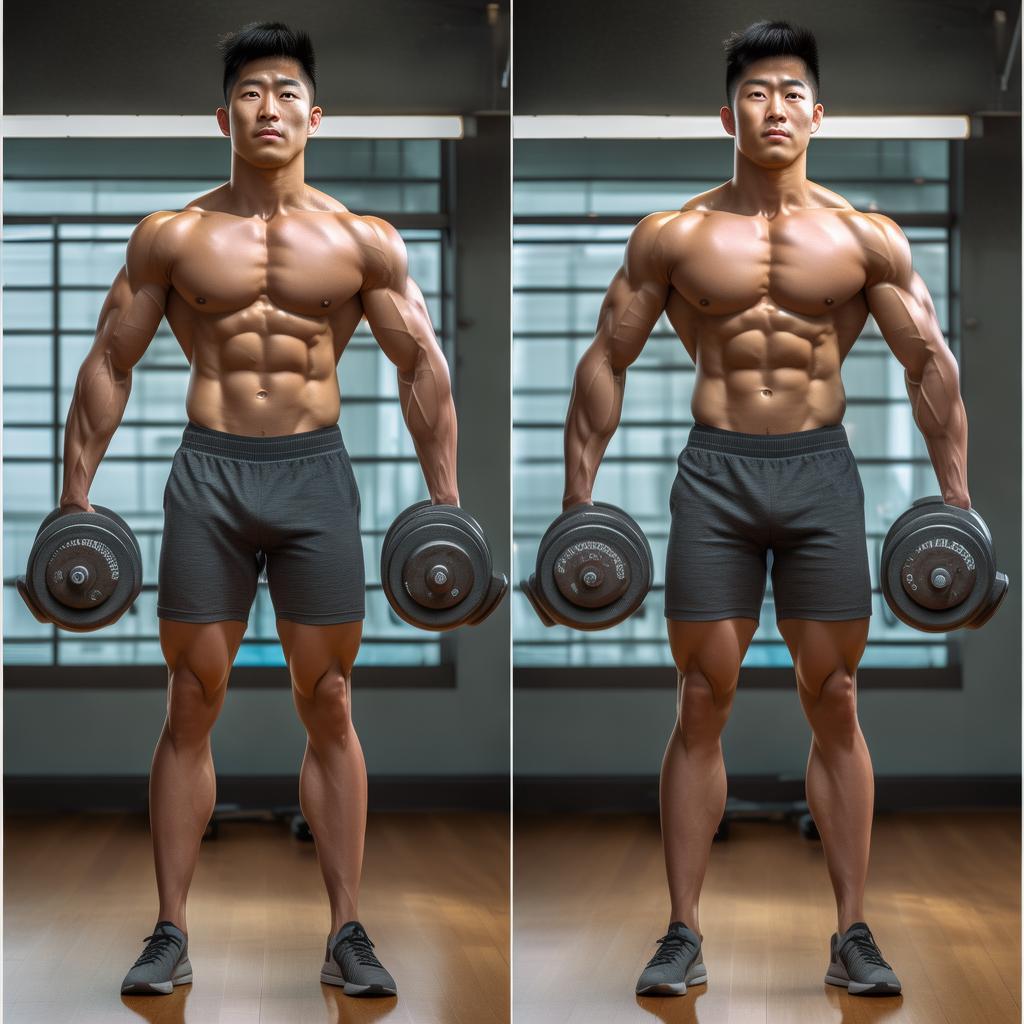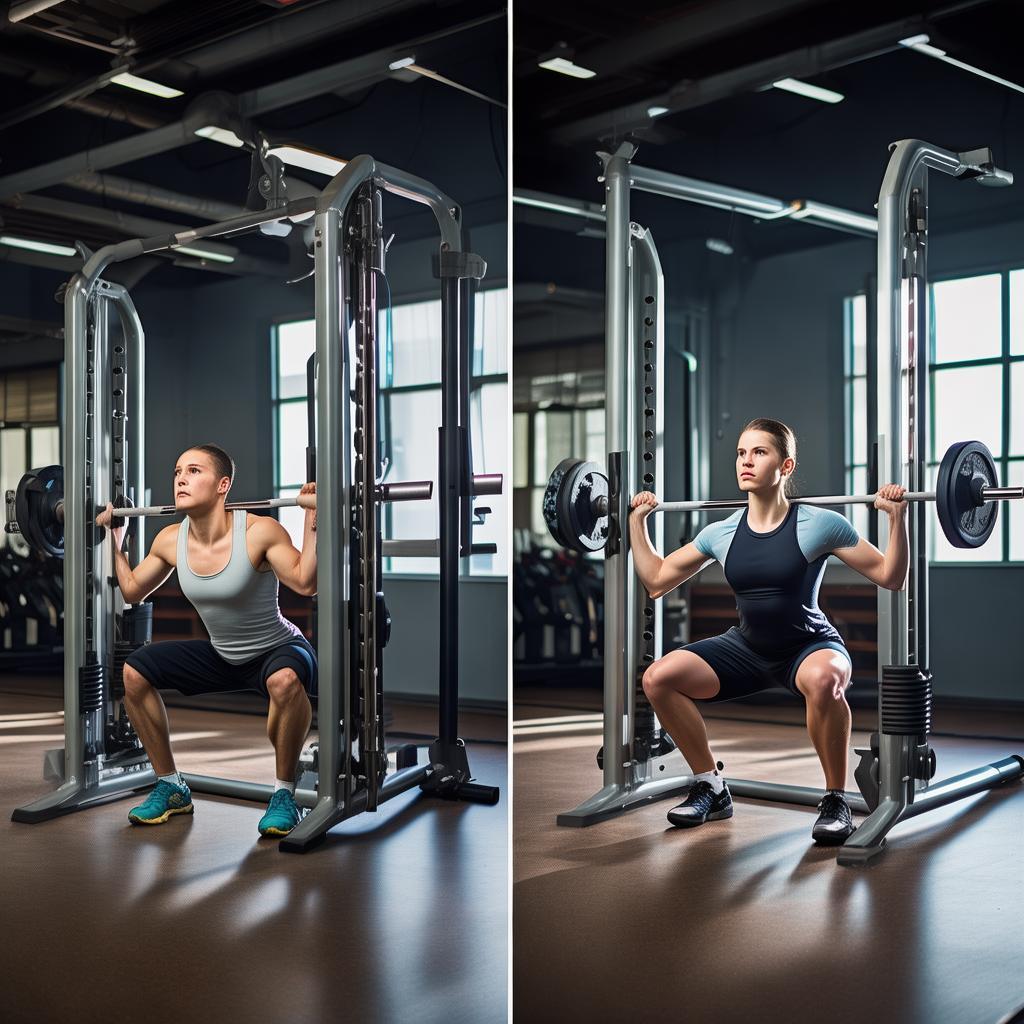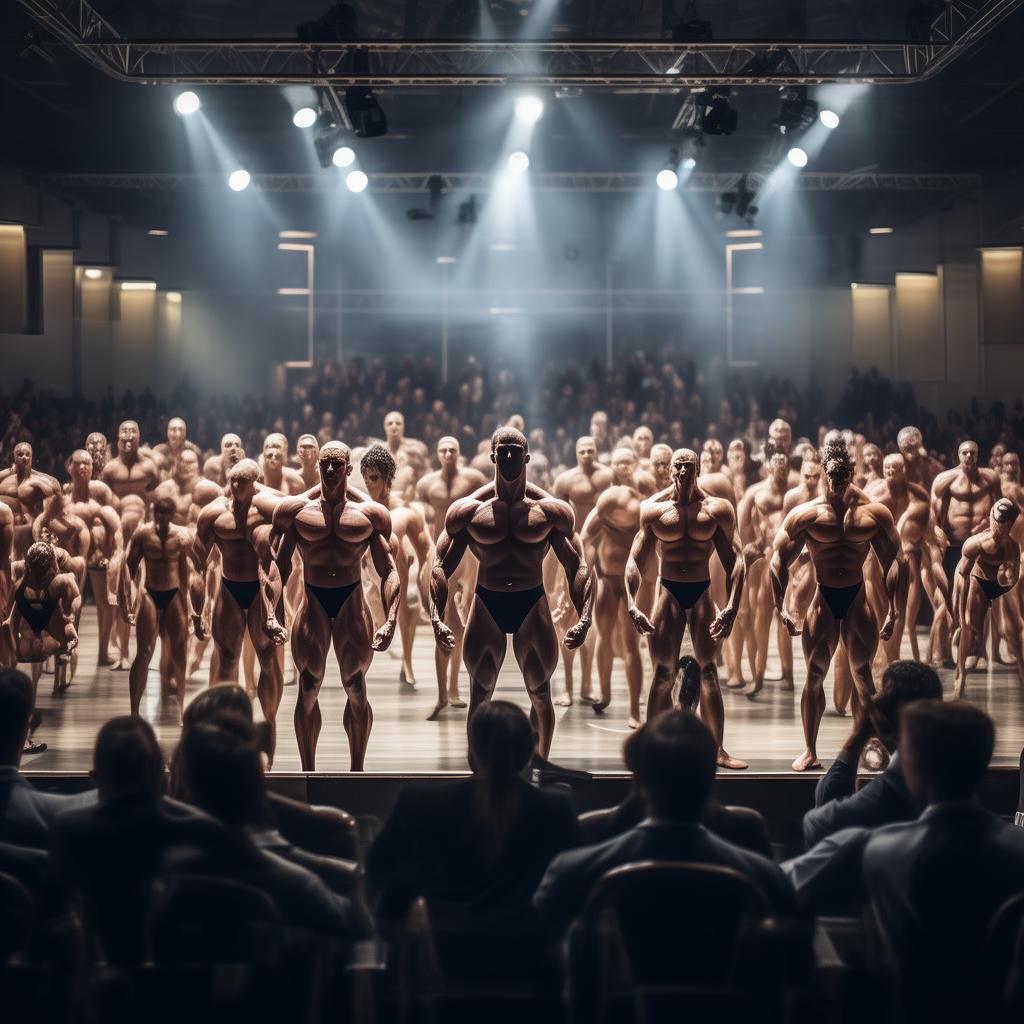The Significance of Shoulder Training
For novice fitness – goers, the gym often sees them focusing on pectoral muscles and abdomen, while neglecting shoulder exercises. However, they may not realize that without well – developed shoulders, even if the chest and abdomen are trained, the overall effect may not be satisfactory. In bodybuilding competitions, shoulders account for half of the score. A body with broad shoulders and a thin waist is the most standard bodybuilding shape. For ordinary people, well – trained shoulders can make clothes fit better, making one look more robust and attractive.
Shoulder training can refine our body shape. It effectively addresses the problem of narrow shoulders, especially for those with a relatively large head. Only by training the shoulders wider can the overall body proportion be more coordinated and aesthetically pleasing. Moreover, since the shoulders are connected to the arms, training can help trim the arm line, making the arms look more stout and powerful. In addition, shoulders play a crucial role in the upper – body muscle groups as an important power pivot point. Many movements involve the shoulders, and weak shoulder muscles can affect the training of other parts. Therefore, enhancing shoulder training also improves the overall physical quality.
The Structure of Shoulder Muscles
The shoulder muscles, also known as the deltoid muscles, are divided into three parts: the anterior bundle, the middle bundle, and the posterior bundle. In daily life, the anterior bundle is the most frequently trained, the middle bundle has the largest area, and the posterior bundle is the weakest area for many people, as it is located on the upper sides of the back and is most easily overlooked during training.
Three Dumbbell Exercises for Shoulder Training
When it comes to shoulder training, many people think of exercises like dumbbell fly, reverse butterfly machine, dumbbell side planks, barbell lifts, etc. Today, we will introduce three exercises that can be done with just a pair of dumbbells, making them ideal for home training.
Action 1: Seated Dumbbell Push – ups
Seated dumbbell push – ups are the most basic and commonly used shoulder – training action, which can be performed in a standing or sitting position. Here, we focus on the sitting version. Sit on a flat bench with feet naturally apart and legs stabilized. Press your hips and upper back against the bench back as much as possible, keep your chest and abdomen in a proper position. Hold a dumbbell in each hand on either side of your head, with palms facing forward, and keep the arms at a 90 – degree angle. Slightly buckle the elbows inward to reduce shoulder pressure. Inhale, push the dumbbells up from both sides of the body with the fist eyes opposite each other, intersecting directly above the head. Remember not to let the dumbbells touch when pushing up. Then inhale and let them fall, repeating the movement.
Some precautions: Lean your body against the bench back when doing the push – ups; keep the dumbbells and the body in the same plane when pushing; only move the arms while keeping the rest of the body fixed; tighten the shoulder blades, lower the shoulders, stretch the chest, open the large arms on both sides of the body as much as possible, keep the small arms perpendicular to the ground, and push to the top while keeping the shoulder blades tightened and fall as low as possible when putting down.
Action 2: Dumbbell Side Planks
Dumbbell side planks have a deep overall training stimulation on the deltoids. One of its great features is that it mainly trains the shoulders without involving other parts too much and is not easy to cause force – borrowing problems. First, stand naturally with a dumbbell in each hand vertically on both sides of the body. Keep your back straight, slightly bend your elbows when lifting. Inhale, and simultaneously lift the dumbbells to the upper sides to the horizontal position of the shoulders, keep the peak contraction, exhale, and slowly lower them back to the initial state.
Pay attention to: Do not completely straighten the arms when lifting flat, a slight bend is sufficient; keep a fixed trajectory and do not lower the dumbbells too much; maintain the peak contraction when lifting to the highest point; choose a light – weight dumbbell and use a high – repetition training method for continuous stimulation.
Action 3: Prone Dumbbell Flying Bird
This action strongly stimulates the posterior deltoid muscle bundle and also exercises the rhomboid and middle oblique muscles, which are small muscle groups that are usually difficult to train. Stand with your feet shoulder – width apart, bend over, keep your back parallel to the ground, and slightly bend your legs to avoid stretching the lower back. Hold dumbbells in your hands and fly them up to the sides until the upper arms are parallel to the back, pause briefly, then lower them, and repeat for the next set.
Some points to note: Bend over parallel to the ground and do not bend or arch your back; use the target muscle force when flying up the dumbbells and do not borrow force; do not choose a too – heavy dumbbell to avoid non – standard movements.
After each practice of these three shoulder – training moves with dumbbells, remember to stretch and relax to allow the muscles to get more adequate rest. Well – developed shoulders not only make the body more upright but also make the arm line more beautiful. For men, shoulder training can make them look stronger and more powerful, while for girls, it can enhance their temperament and make their bodies more exquisite.





